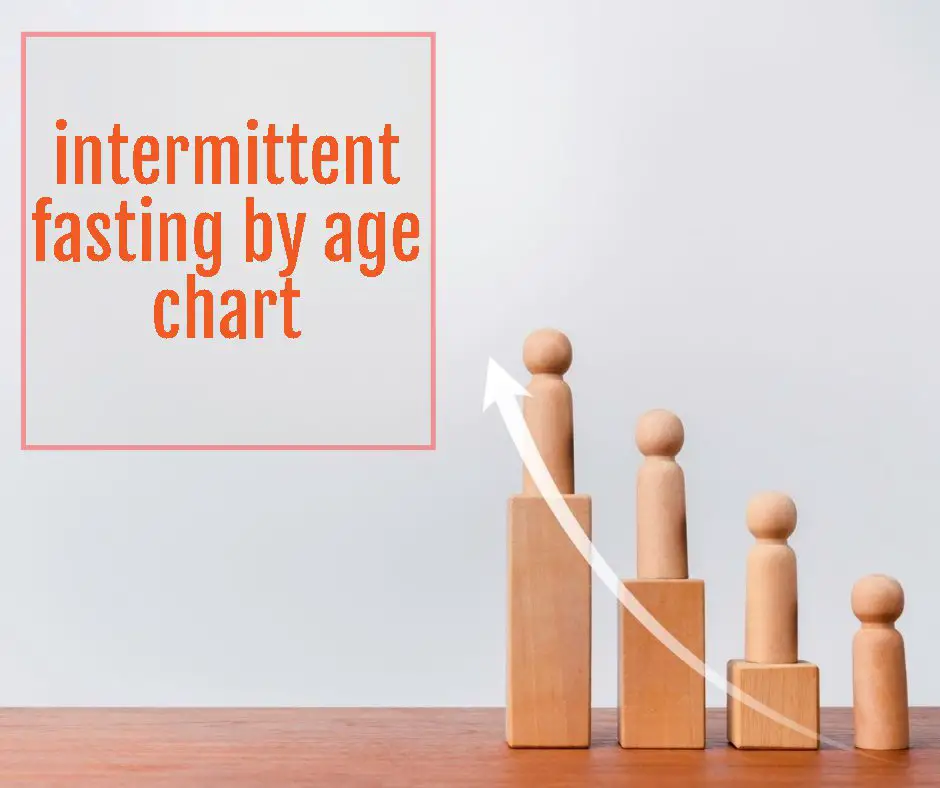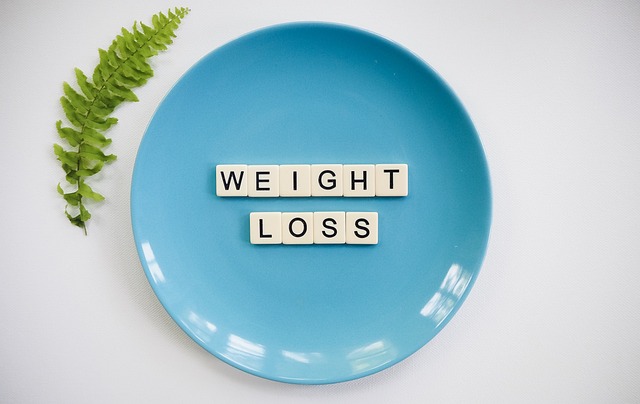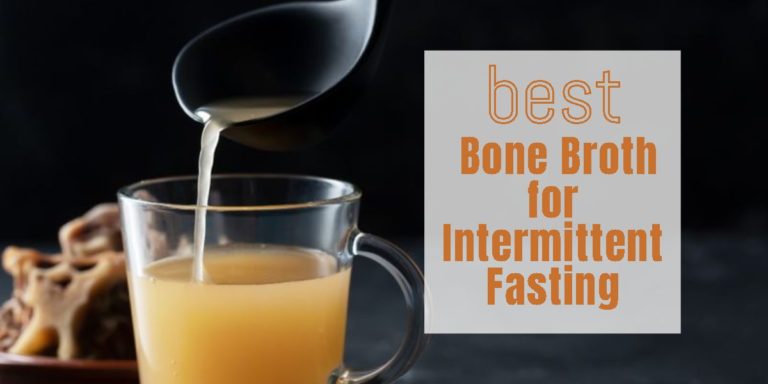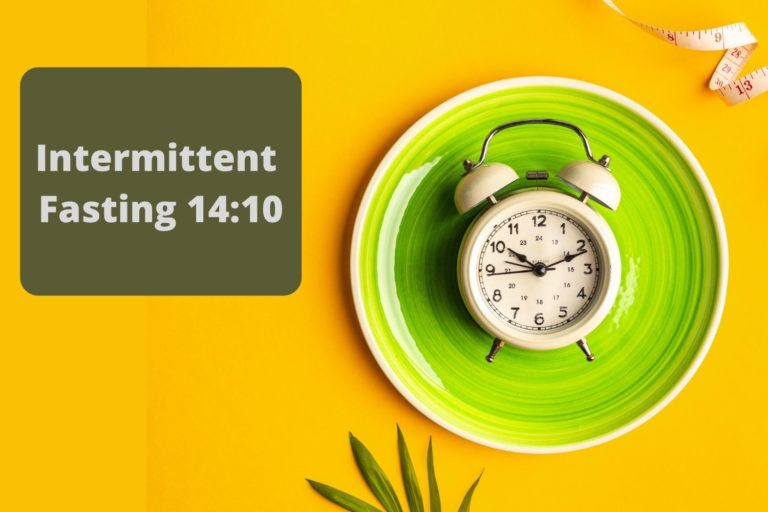What is intermittent fasting?
Has the doctor told you that you are overweight and need to shed some excess fat? If so, what advice has the doctor given you to help in your weight loss journey? In most cases, doctors recommend a healthy eating plan with regular physical exercise. But did you know that you can also integrate intermittent fasting into your healthy eating plan to get rid of excess fat within a shorter period?
Intermittent fasting is an eating plan that ensures you are not eating for a specified period of time every day or week. The program maintains a consistent fasting period and eating between regular intervals. Recent studies suggest that intermittent fasting is an effective method of managing obese and overweight conditions by fixing insulin sensitivity issues, consequently preventing or reversing serious health problems. But how does intermittent fasting by age chart work? And is intermittent fasting at 50 safe? Keep reading to uncover these and other concerns you may have on intermittent fasting by age.

How Does Intermittent Fasting Work?
Intermittent fasting works according to fasting plans. The main principle behind intermittent fasting is selecting the ideal periods to fast and eat. For example, intermittent fasting may incorporate eating during the first eight hours of the day and fasting for the remaining sixteen hours during the fasting days. Alternatively, you may choose to eat a single meal each day, meaning you will be fasting for the rest of the day.
Also, on intermittent fasting, you can eat for only two days a week. Through intermittent fasting, you prolong the interval between your body exhausting burning calories that you have consumed recently and beginning to burn stored fat. For this reason, intermittent fasting incorporates several schedules, including;
-
Daily approach
The daily intermittent fasting approach restricts your eating intervals to six to eight-hour periods each day. A good example of this approach is the 16/8 intermittent fasting. This approach means you only eat for eight hours and go without food during the fasting window for the remaining sixteen hours.
-
The 5:2 approach
The 5:2 approach of intermittent fasting incorporates eating consecutively for five days a week. The approach limits your caloric intake to a single meal containing approximately 500 to 600 calories for the remaining two days. For instance, you can choose to eat each day during the non-fasting days of the week and fast on Tuesdays and Fridays. During these two days, you can select one day and have your 500 calorie meal.

Who Shouldn’t Try Intermittent Fasting?
Before attempting any new diet like intermittent fasting, it is critical to first consult with your doctor. Even though there is proof of the effectiveness of these diet plans, the doctor should always give you the go-ahead. After your doctor accesses your metabolic health to be normal, you can proceed with your intermittent fasting. However, there are scenarios when your doctor does not allow you to try intermittent fasting, including;
- If you are already suffering from blood sugar diseases like diabetes. ( and not combining it with the keto diet)
- If you are a minor with eighteen years and below.
- If your medical history points out that you have previously experienced eating disorders.
- If you are expectant or you are breastfeeding.
Is intermittent fasting safe for kids?
Intermittent fasting according to age is essential as not everyone is suitable for the plan. Scientists have not performed enough research on the safety of intermittent fasting on children below the age of eighteen years. Additionally, the current periodic fasting studies on adults present inadequate follow-up periods and with lack of durable interventions.
With that said, health practitioners continue to campaign against intermittent fasting for children. The main reason is that kids and adolescents are in their rapid development stage. During this stage, the body demands a lot of energy, and fasting might lead to the malfunctioning of some body parts. Therefore, in my opinion, I would recommend an intentional eating approach for your child or adolescent who might be obese.

Tips for helping your child/adolescent manage a healthy weight
In that case, if you want your child to lose some excess weight, you might want to consider the following tips;
- Come up with a plan that ensures your kids only have their meals and snacks at predetermined intervals.
- Set out clear instructions on the portions of meals and snacks times that your children should eat at predetermined intervals.
- Minimize all the sugary beverages in the cabinets and fridge. It would be best if you eliminate them instead, so you keep their insulin levels healthy.
- Incorporate nutritious healthy food into your children’s everyday meals instead of a normal diet. This might be in at least five servings of vegetables and low carb fruits per day to give them a good energy boost.
- If it is possible, reduce the incorporation of processed and junk food into the family food choices shopping.
- Always encourage your children to only eat at the family table with the rest of the family.
Best Type of Intermittent Fasting For Women Over 40
Females over forty years are to some extent prone to lifestyle diseases like insulin sensitivity issues or diabetes and high blood pressure. Fortunately, intermittent fasting by age group is now easier, especially for women over 40. Among the various types of intermittent fasting, a study has proved that the 16/8 approach significantly works for women over forty. It is a daily approach that requires you to fast for sixteen hours and eat your normal daily meals for the remaining eight hours [1].
This type is pretty much simple to follow. Suppose you usually sleep for eight hours. That’s already half the time you are supposed to be fasting. The remaining eight hours of fasting depend on whether you would like to wake up and continue fasting or stop eating eight hours before going to sleep again. In my opinion, I like intermittent fasting because it does not restrict you from drinking calorie-free beverages. Therefore, you are at liberty to beverages like water, tea, coffee, what’s good about that beverages is that they will not bump you out for the fasting state and will not mess with your insulin levels.
The most important aspect about the 16/8 intermittent fasting type is that you have to create a schedule and strictly adhere to it. Additionally, if you love drinking coffee and tea, you have no reason to worry. You can effectively manage your blood sugars and blood pressure by ensuring that your tea and coffee are black. The moment you get used to them, you will realize they are not so bad. However, you may need to monitor your caffeine intake as it may occasionally lead to stomach upsets.

Benefits of Intermittent Fasting at 50
According to a recent study, a significant 30% to 40% reduction in typical calorie consumption helps reduce diabetic status, blood pressure, and cholesterol levels [2]. Regarding women’s health, intermittent fasting by age group does more than stipulating the eating and fasting periods and intervals. Therefore, intermittent fasting at 50 also defines the kind of food to eat and the ones to avoid.
If you are a female over 50, here is what you may benefit from intermittent fasting according to age;
- Intermittent fasting at 50 may help with weight loss, thus achieving good metabolic health.
- Intermittent fasting at 50 may be beneficial in reducing the risk of developing normal age-related diseases.
- Intermittent fasting at 50 can significantly lower your blood pressure because it reestablishes the gut microbiota.
- Intermittent fasting at 50 may help reduce or eliminate your belly fat. With belly fat loss, you may be less vulnerable to serious health conditions like heart disease, diabetes, cancer, and stroke.
- Intermittent fasting at 50 may also improve your mental health.

Intermittent fasting Over 50 female
Like any other mammals, human beings are more prone to developing a wide range of diseases as they grow older. At 50 years and above, intermittent fasting and eating a healthy diet are steps to losing weight and achieving other health benefits. However, intermittent fasting at 50 has some setbacks. At 50 and above, most females’ and males’ bodies usually experience a lower metabolism rate and insulin sensitivity issues. It, therefore, becomes tougher for you to lose weight and control your blood sugars and blood pressure. Other limiting factors to intermittent fasting over 50 include;
- Reduced muscle mass.
- Becoming less active than before.
- Sleeping difficulties.
- Achy joints
Conclusion
Intermittent fasting by age group is one of the critical ways of achieving multiple health benefits. You may improve your blood pressure and blood sugar while you are pursuing your weight loss goal. Also, intermittent fasting in 20s, 40s, and 50s may significantly improve your heart health by preventing the development of heart-related diseases like stroke and heart attacks. Your metabolic health is also important. The younger you are, the more lean muscle you have. Lean muscle improves the rate of metabolism to a greater extent.
However, as we grow older, we tend to lose lean muscle mass and gain stubborn body fat. This explains why it is easier for young individuals to lose weight than older people through intermittent fasting. If you are still young (18 years to 40 years), you may have to utilize your youthful years to gain control of your body weight, blood sugar, blood pressure, and metabolic health before you reach the 50th floor.







